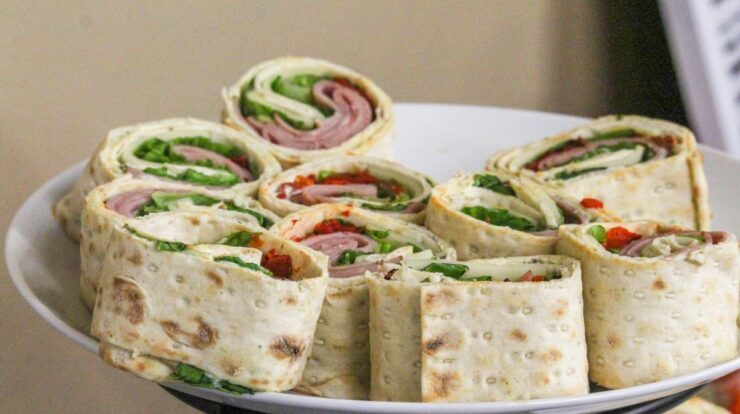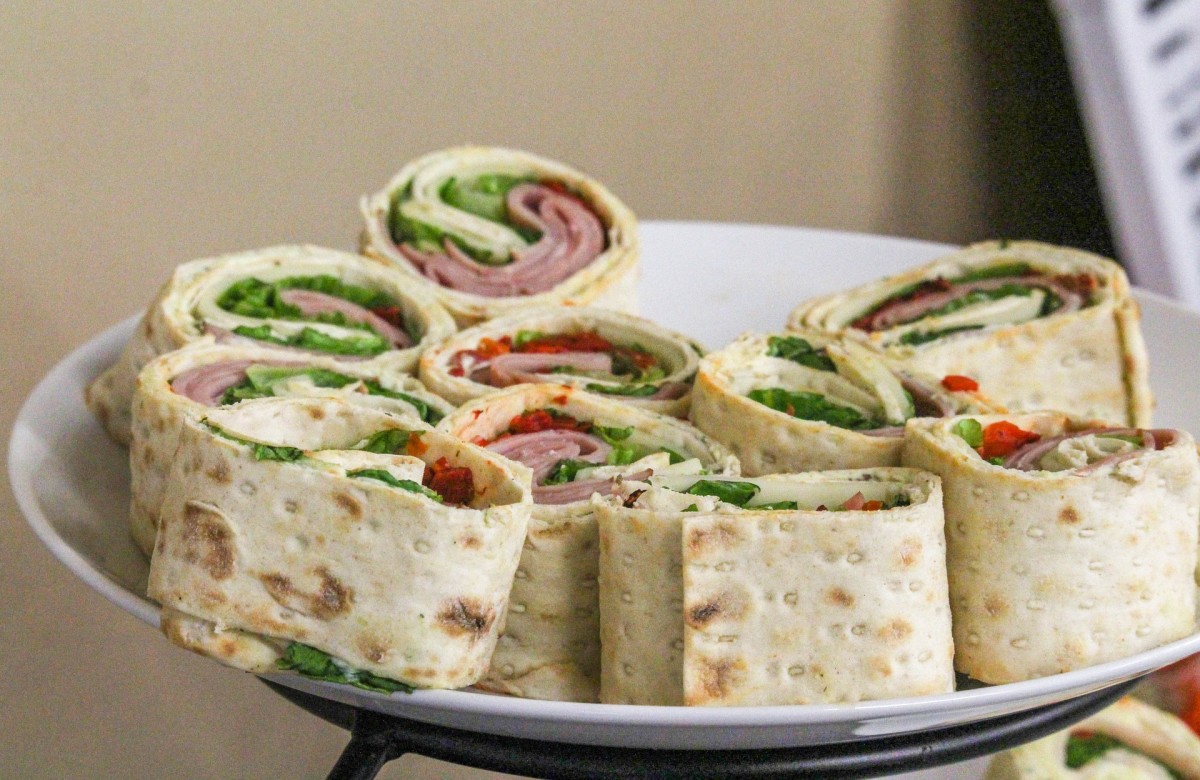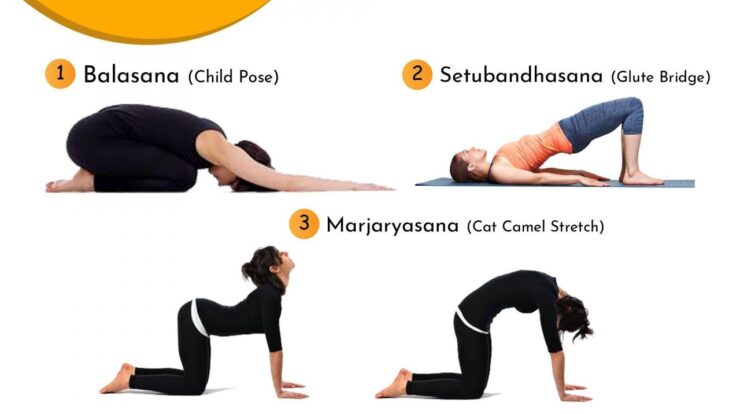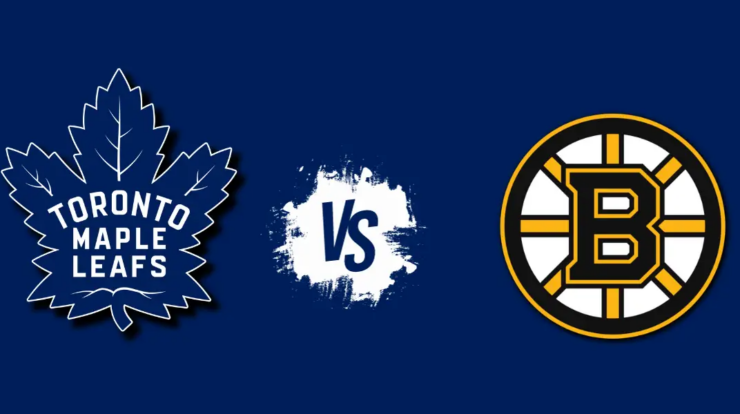
Encapsulating the essence of diverse industries, the term “wrap” encompasses a multitude of meanings and applications. From the protective embrace of gift wraps to the healing properties of medical wraps, this comprehensive guide unravels the intricacies of wrap definition, exploring its etymology, types, techniques, and cultural significance.
Delving into the world of wraps, we uncover the materials, designs, and purposes that distinguish each type. Be it the intricate artistry of gift wrapping or the functional necessity of food preservation, wraps serve a myriad of practical and aesthetic needs.
Definition of “Wrap”

A wrap is a versatile term with multiple meanings and applications across various industries and disciplines. As a noun, it refers to a material or object used to cover, enclose, or protect something. In the context of packaging, a wrap is a protective layer applied around products to preserve their quality and integrity during storage, transportation, or display.
Types of Wraps
- Gift wraps:Decorative papers or fabrics used to enhance the presentation of gifts and convey special messages.
- Food wraps:Materials like plastic wrap, aluminum foil, or parchment paper used to preserve freshness, prevent contamination, and extend the shelf life of food items.
- Clothing wraps:Garments such as shawls, scarves, and wraps worn for warmth, style, or religious purposes.
- Medical wraps:Bandages, gauze, or other materials used to protect wounds, provide support, or immobilize injured body parts.
Techniques for Wrapping
- Basic wrapping:Simple and efficient method using materials like paper, plastic wrap, or foil to cover and protect items.
- Gift wrapping:Creative and decorative approach involving the use of ribbons, bows, and embellishments to enhance the presentation of gifts.
- Creative wrapping:Innovative techniques using unconventional materials and designs to create unique and eye-catching wraps.
Applications of Wraps

- Packaging:Wraps provide protection, preservation, and branding for a wide range of products, from food to electronics.
- Food preservation:Wraps help maintain freshness, prevent spoilage, and extend the shelf life of food items.
- Fashion:Wraps are versatile garments that complement outfits, provide warmth, and enhance personal style.
- Healthcare:Wraps are essential for wound care, providing protection, support, and promoting healing.
Cultural Significance of Wraps
Wraps hold cultural significance in many societies, symbolizing protection, respect, and tradition. In religious ceremonies, wraps may represent purity, modesty, or spiritual connection. In some cultures, wraps are used as a form of artistic expression, adorned with intricate designs and vibrant colors.
Environmental Considerations
The use of wraps has environmental implications, as materials like plastic and foil can contribute to waste and pollution. Sustainable alternatives include biodegradable wraps made from plant-based materials or reusable wraps that can be washed and reused multiple times.
Concluding Remarks
In conclusion, the concept of “wrap” extends beyond its literal meaning, encompassing a rich tapestry of cultural traditions, environmental considerations, and practical applications. Understanding wrap definition empowers us to appreciate the diverse roles it plays in our lives, from enhancing aesthetics to preserving well-being.
Query Resolution: Wrap Definition
What is the origin of the term “wrap”?
The term “wrap” traces its roots to the Old English word “wrappan,” meaning “to cover or envelop.”
How many types of wraps are there?
The types of wraps are numerous and varied, including gift wraps, food wraps, clothing wraps, medical wraps, and industrial wraps.
What are the different techniques for wrapping?
Wrapping techniques range from basic wrapping to gift wrapping and creative wrapping, each with its own methods and materials.
What are the environmental implications of wraps?
The environmental impact of wraps depends on the materials used and the waste generated. Sustainable alternatives to traditional wraps include biodegradable and reusable options.





